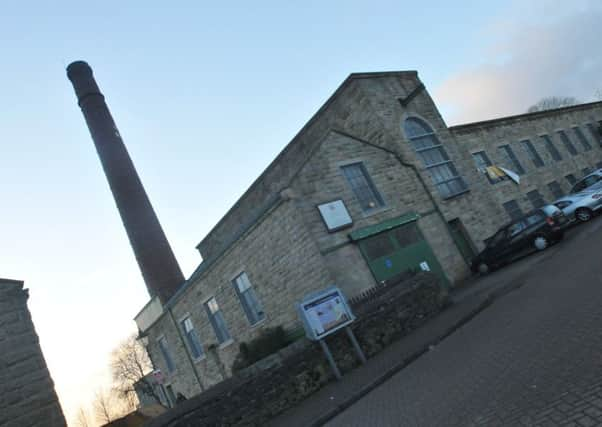Somme movie to screen at museum


“The Battle of the Somme”, a UNESCO-listed documentary, was filmed in the build-up to and first day of the battle, and subsequently viewed by 20 million people across the UK desperate for a glimpse of their loved ones.
On Saturday, August 20th, 100 years later, the unique film, featuring a specially commissioned score by Laura Rossi, will be screened at the museum.
Advertisement
Hide AdAdvertisement
Hide AdThis rare screening is a collaboration between Lancashire County Council and the Imperial War Museum.
The film will be shown from 11-30am to 1-30pm and from 3pm to 5pm. There is no charge to watch the film, but the normal entrance fee to the museum will apply. Booking is essential, as demand to watch the film is expected to be high.
The Battle of the Somme film gave an unprecedented insight into the realities of trench warfare, controversially including the depiction of dead and wounded soldiers.
It includes footage of the 1st East Lancashire Regiment, 1st Lancashire Fusiliers and 2nd Lancashire Fusiliers.
Advertisement
Hide AdAdvertisement
Hide AdThe film was released on August 21st, 1916, and is believed to have received its first Lancashire screening in Lancaster on October 5th, 1916.
The film’s importance was recognised in 2005 by its inscription in the UNESCO Memory of the World register, one of the few films and first British documents of any kind to be included.
County Coun. Marcus Johnstone, Lancashire County Council’s cabinet member for environment, planning and cultural services, said: “I’m delighted that we are able to show this evocative film.
“The Somme was one of the bloodiest battles of the First World War, resulting in over one million casualties.
Advertisement
Hide AdAdvertisement
Hide Ad“The film is an historical record of the battle and a popular source of footage illustrating the First World War.
“The Battle of the Somme film was different. It took real life footage and turned it into a main feature with mass appeal. Throughout the autumn of 1916, 20 million people flocked to see it, which was nearly half the population of Britain at the time.
“The film remains one of the most watched in British cinema history, and I understand that the first screenings of the film locally were at the Alhambra in Burnley and the Queen’s Theatre in Nelson in August 1916.
“I’m pleased that more people will get the chance to watch it at Queen Street Mill.”
Advertisement
Hide AdAdvertisement
Hide AdThe first day of the Somme on July 1st was the bloodiest in British military history, with 57,740 casualties and 19,240 fatalities.
By the end of the battle on November 18th, Britain, the Dominions, France and Germany had suffered a million casualties.
The film, shot between June 25th and July 9th by Geoffrey Malins and J. B. McDowell on hand-cranked cameras, stands out for its close-up footage. Anticipating the desire of the audience to spot their loved ones, the cameramen captured as many faces as possible, often encouraging the men to turn and acknowledge the camera.
It was the first film to record war in action and images such as ‘over the top’ and the mine explosion at Beaumont Hamel have come to represent the Western Front in popular memory.
Advertisement
Hide AdAdvertisement
Hide AdThe film screening is part of the Imperial War Museum’s First World War Centenary Partnership, a network of local, regional and international cultural and educational organisations hosting a programme of cultural events and activities.
Further details and bookings for the film are available by calling the museum on 01282 412555.
To book a place to watch the film, to find out about opening times, or for more information, call 01282 412555 or email [email protected].